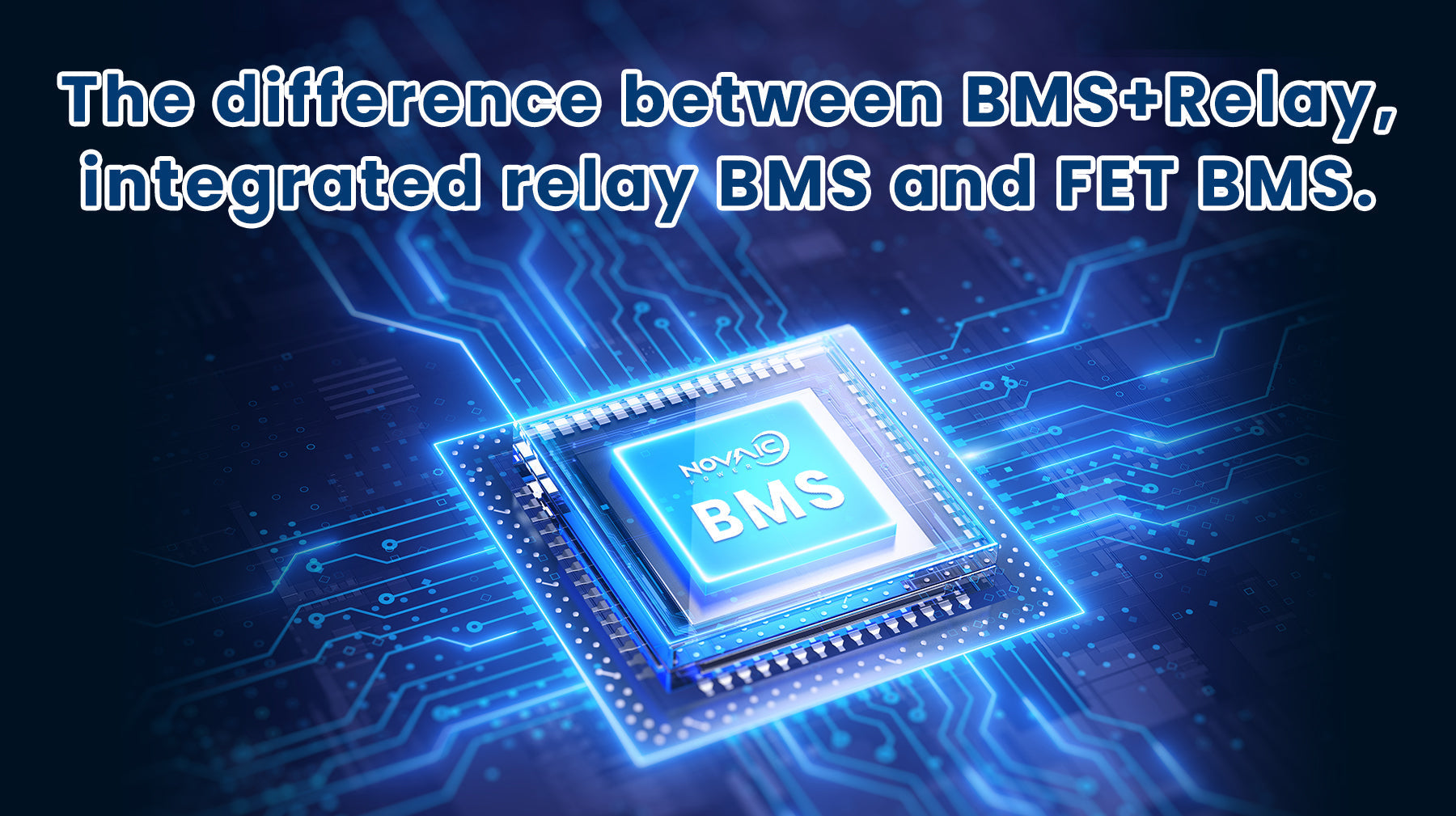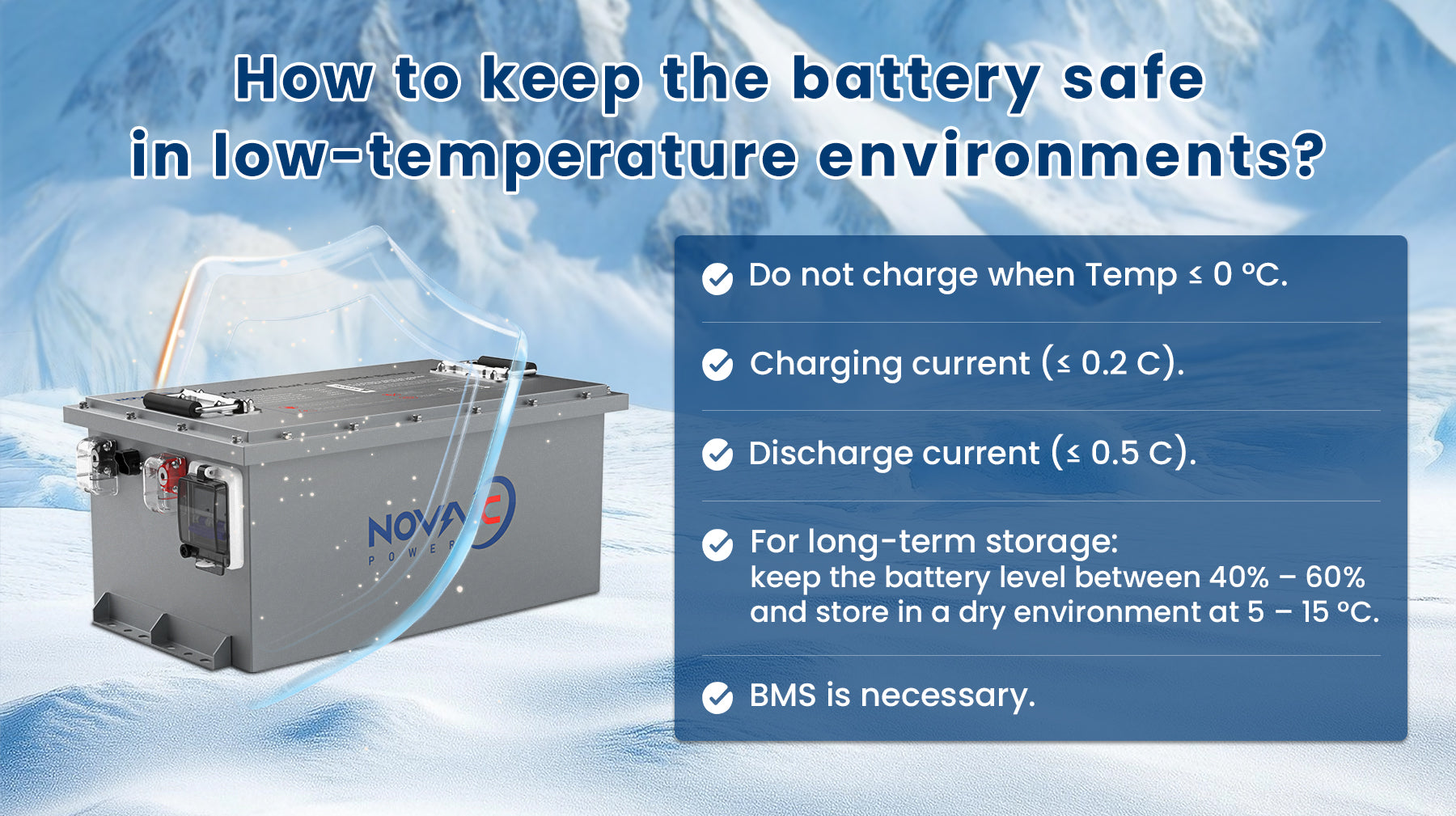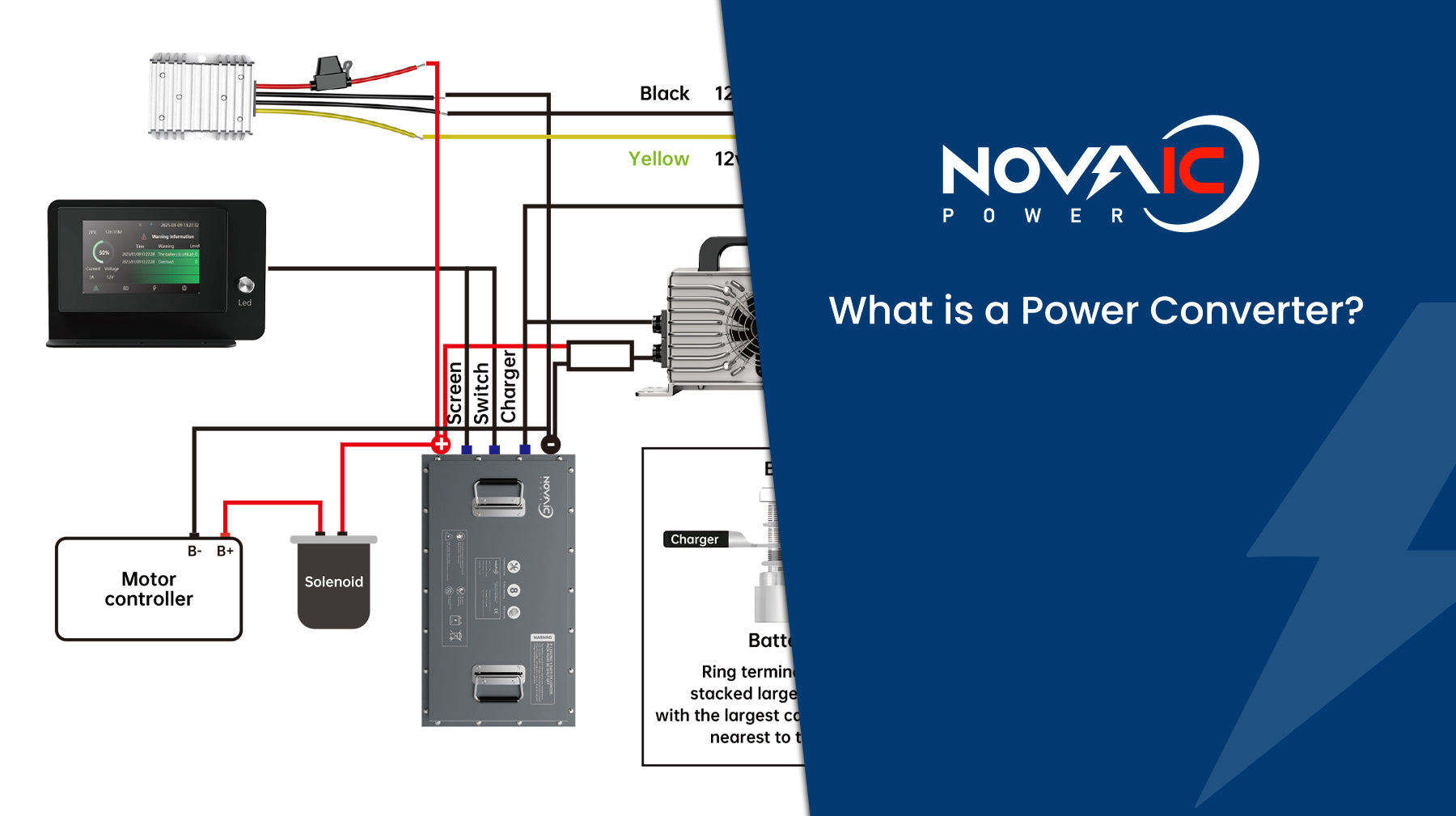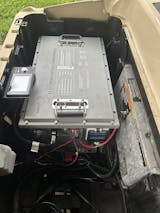
Electricity is weird. It comes outta your wall as AC, hides in your phone as DC, and somehow powers everything from your toaster to your Tesla. But here’s the kicker: devices are picky. They want their power just right. That’s where power converters swoop in to save the day.
Think of them as "electric translators". If your wall outlet speaks "AC" and your laptop battery only understands "DC," a converter bridges the gap. No magic, just science. Let’s break it down.
Power Converters
What they do
Convert electricity from one form to another: AC to DC, DC to AC, or adjust voltage levels.
Example: Your phone charger (AC-DC converter) turns wall power into battery-friendly juice.
Why they matter
Devices need specific voltages (e.g., 5V for USB, 12V for car gadgets).
Batteries store DC, but your home uses AC. Converters make ’em play nice.
Types of Power Converters
Here’s the cheat sheet:

Golf carts are sneaky-complex. Their batteries run at 36V, 48V, or even 72V, but accessories (lights, USB ports) need 12V. Enter Novaic’s power converters — the unsung heroes of the golf cart world.
The internal power converter of the golf cart has the following main functions:
Voltage Conversion: Golf carts typically use battery packs to supply power, with common voltages such as 36V or 48V. Many electronic devices and control systems inside the cart require a lower operating voltage, such as 12V. The power converter can step down the high voltage from the battery pack to a stable low voltage suitable for these devices, ensuring normal operation. For example, interior lighting, audio equipment, dashboard indicators, etc., are generally designed for 12V, and the power converter provides the appropriate working voltage.
Ensuring Device Compatibility: Electronic accessories produced by different manufacturers may have varying rated operating voltages. With a power converter, regardless of the original battery pack voltage, it can adapt to various standard electronic devices, improving their universality and interchangeability. For instance, when replacing or adding new electronic devices, there is no need to worry about voltage incompatibility.
Stable Power Supply: The voltage output from the battery pack can fluctuate due to usage time and load changes. The internal circuit of the power converter includes a voltage regulation feature that stabilizes the output voltage, preventing damage to electronic devices caused by voltage fluctuations. For example, during startup or acceleration, the battery's instantaneous current output increases, potentially causing voltage drops. The power converter maintains a stable voltage to ensure normal device operation and prolong their lifespan.
Overload Protection: When the total power of electronic devices connected to the power converter exceeds its rated capacity, the converter will automatically disconnect the circuit or reduce output power to protect itself and other devices. For example, if multiple high-power devices like powerful speakers and additional lighting are used simultaneously and the total power exceeds the converter's capacity, it will activate overload protection to prevent accidents such as fires caused by overload.
Isolation Circuit: The power converter can isolate the high-voltage circuit of the battery pack from the low-voltage electronic circuits inside the cart, enhancing electrical safety. Even if there is a fault in the battery pack or high-voltage circuit, this isolation helps prevent high voltage from directly transmitting to low-voltage devices and the human body, reducing the risk of electric shock and protecting operators and passengers.
Click it for more:
Novaic 20A 240W DC-DC 12V Converter 48V/36V to 12V


















Share:
what is insulation monitor for lifepo4 battery?
How to keep the battery safe in low-temperature environments?